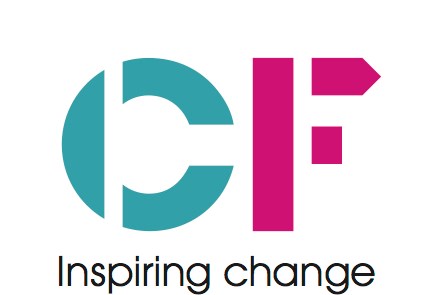Toby Lambert explores how to get on with joining up care, while managing real concerns about organisational integrity, responsibility and financial risk
Integrating care should make life better for those in need of care – it improves experience and, done well, catches exacerbations early, sparing unsettling emergency admissions to hospital.
In association with

To do it well means starting with a group of people with similar needs – frail elderly or those suffering severe mental ill health for example – who access multiple services which can be joined up.
In turn, joining up care requires a clear and shared vision, new approaches to governance, to sharing information, to health and care staff working together across organisational boundaries, and to how care is paid for.
The Five Year Forward View set a vision and the forthcoming long term NHS plan is likely to reinforce this direction.
Challenges
However, the challenges have remained constant too. Organisational boundaries continue to obstruct. Many areas have tried setting shadow budgets and governance arrangements to trial different ways of working together, but often this has not translated into real changes.
Clinical commissioning groups and sustainability and transformation partnerships are beginning to try to contract directly for integrated care models.
Organisations are wary of moving from a direct relationship with commissioners to being a subcontractor of another provider
Many providers are wary of this. In these financially constrained times, making your organisation’s revenue line dependent on another provider appears to add risk and uncertainty, and make financial control harder. Hence, organisations are wary of moving from a direct relationship with commissioners to being a subcontractor of another provider.
Big hold ups have been caused by concerns like: “What if I enter this partnership, and I lose control over how my organisation provides care to my population? And our budget? And won’t it take forever?”
A number of the solutions, which have been tried are flawed or have technical constraints:
- Alliance models involve providers coming together on an equal footing. But NHS rules dictate that CCGs must contract using a standard contract, which all dictate a 1:1 commissioner:provider relationship.
- CCGs can maintain separate contracts with the various providers, and establish a non-contractual agreement between them to promote integration. But this lacks contractual certainty.
- Another potential solution is a special purpose vehicle jointly owned and governed by several providers. But, as the Cambridge and Peterborough experience shows, an SPV would sit outside the NHS family and hence attract VAT at 20 per cent. This makes it commercially unviable.
In our work, we see many organisations trying to square the circle – trying shadow arrangements and budgets, or trying to understand the ramifications of lead provider and/or alliance models. All have one thing in common: they take an age to sort out before care actually starts to change and improve.
A workable model
How then to get on with joining up care, while managing real concerns about organisational integrity, responsibility and financial risk?
In our experience, the most widely functional and workable model is one which complies with rules by contracting with a lead organisation; but fully buys in other providers by – initially at least – preserving organisational sovereignty.
What this means practically is: NHS commissioner and local authority contract with one organisation (Provider 1, let’s say).
Provider 1 then subcontracts Providers 2, 3 and 4. These four partners all sign an alliance agreement that governs how the partners, all of them collectively from 1-4, make decisions.
In our experience, the most widely functional model is one which complies with rules by contracting with a lead organisation; but fully buys in other providers
To start with decision making can require unanimity. The agreement can also cover service specifications (with the commissioners’ standard contract referencing the alliance agreement). It can include a shared financial pot, and rules on how any benefit from a risk or gain share are split.
It can cover arrangements for sharing information, and can allow for observers – from the voluntary sector, for example, to attend meetings.
The appeal of this approach is twofold. First, it provides a base upon which greater things can be built. Trust is easier to build when you’re working alongside partners and getting to know them. As trust and relationships mature, the partners can revise the agreement to change how decisions are made, develop the risk/gain share, or add extra partners as the service scope expands.
Most importantly, it allows providers to get on with their priority – practical changes to improve care.



























